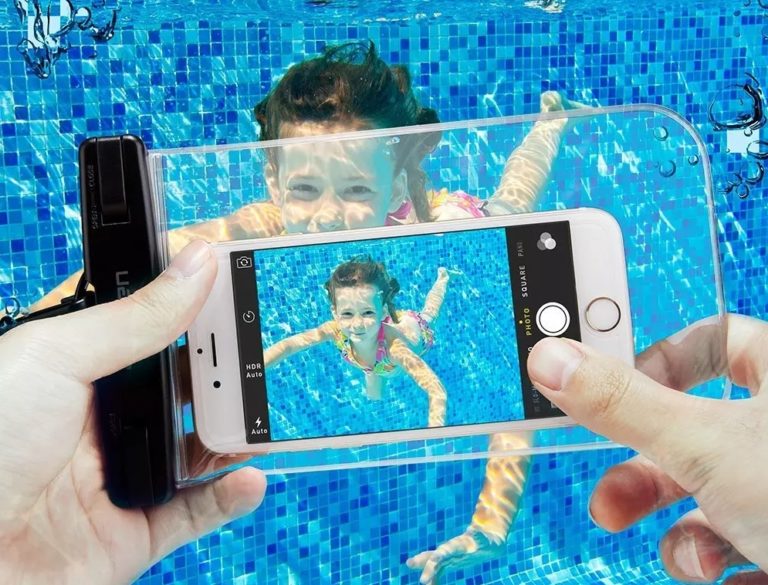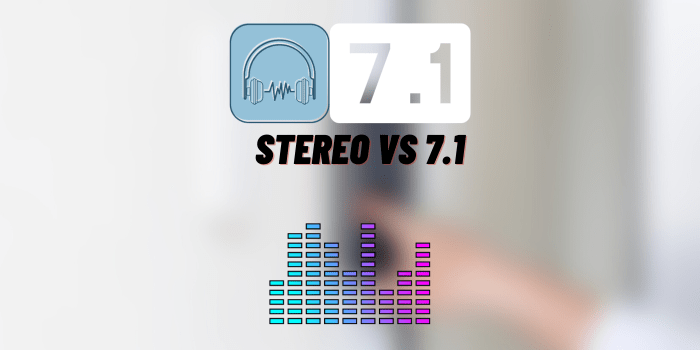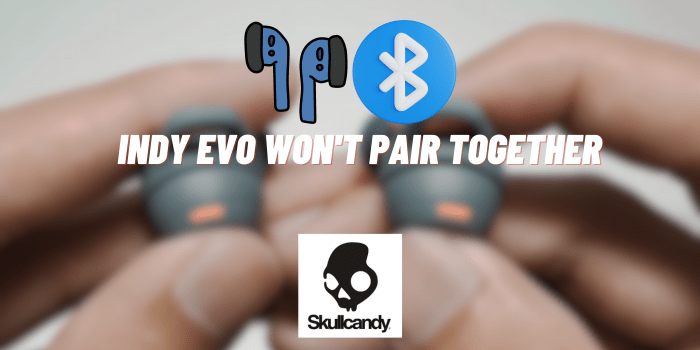How Long Does a Fitbit Last?
Fitbit, one of the pioneers in the world of fitness trackers and smartwatches, has carved a significant niche in the wearable technology market. With sleek designs, an array of features, and powerful analytics, Fitbits are favored by fitness enthusiasts and casual users alike. However, one of the most common questions potential buyers and existing users have is: “How long does a Fitbit last?” This article aims to provide an in-depth look at the lifespan of a Fitbit, including battery longevity, signs of wear and tear, and much more. By the end, you’ll know when it might be time to replace your Fitbit, how to prolong its life, and what to expect from its battery.
User Experiences: How Long Does a Fitbit Last?

A browse through online forums and product reviews suggests that most Fitbit devices tend to last between two to five years, depending on the usage and care.
Battery life also tends to diminish gradually over time, but firmware updates can help optimize this to some extent.
Many users report impressive battery life when their Fitbit devices are new but notice a decline after 1-2 years of use. This aligns with general knowledge about lithium-ion batteries, which tend to degrade over time.
Overall, Fitbits are praised for their build quality. However, wear and tear on the strap and minor screen scratches are common complaints after a year or so of constant use.
While firmware updates are meant to improve the device, some users have reported decreased battery life following major software updates.
Some users mention hardware malfunctions, such as unresponsive screens or button failures, but these issues are generally covered under warranty and seem to be the exception rather than the rule.
Most users find the water-resistance claims to be accurate, although there are instances of devices malfunctioning after exposure to water, especially salt water, which should generally be avoided.
Fitbit’s Battery Life
Just like any other rechargeable battery, your Fitbit’s battery will degrade over time.
After a certain number of charge cycles (charging from 0% to 100%), you’ll notice that the battery doesn’t hold a charge as long as it used to.
Battery degradation is a natural process and can be accelerated if the battery is exposed to extreme temperatures or allowed to completely discharge frequently.
Fitbit Models and Battery Life

Fitbit Charge Series: Fitbit Charge devices, including the latest Charge 5, are generally known for their robust battery life, lasting up to seven days on a single charge. However, this can be affected by heavy usage, especially if you frequently use features like GPS and heart rate monitoring.
Fitbit Versa Series: The Versa lineup, which includes Versa 3 and Versa 2, tends to offer a shorter battery lifespan of around five to six days. This duration could be shorter if you have enabled the always-on display feature.
Fitbit Luxe: The Fitbit Luxe, a relatively new and stylish fitness tracker, also offers about five days of battery life, although this is contingent upon the features you have enabled.
Factors Affecting Day Battery Life
If you have enabled notifications for emails, calls, and other apps, you may experience a quicker battery drain. These notifications require the device to light up and sometimes vibrate, which consumes more power.
Continuous Heart Rate Monitoring: This feature provides valuable data but can also be a significant drain on the battery.
GPS Usage: Using GPS for tracking your walks, runs, or bike rides consumes a considerable amount of power. Some Fitbit devices like the Charge 5 have built-in GPS, which can drain the battery in just a few hours when activated.
Brightness Levels: A brighter screen looks great, but it also uses more battery. Reducing screen brightness can help to extend battery life.
Firmware Updates: Old or outdated firmware can cause faster battery drain. Keeping your Fitbit device up-to-date ensures that you have the latest battery optimization features.
Environmental Factors: Extreme heat or cold can affect the battery performance and its overall lifespan.
Proper Charging Technique: It’s a good idea to avoid letting your battery fully discharge. Try to keep your Fitbit battery level between 20% and 80% to promote battery longevity.
Importance of Firmware Updates for Battery Optimization
Firmware updates often contain optimizations designed to improve battery life. Manufacturers continuously tweak algorithms and settings to get the most out of the hardware, and those improvements are pushed out in firmware updates. Therefore, it’s crucial to keep your Fitbit updated to the latest firmware. These updates may include:
- Energy-efficient algorithms for heart rate or sleep monitoring options.
- Battery-saving modes.
- Optimizations for screen display, including adaptive brightness features.
- Bug fixes that resolve issues causing unnecessary battery drain.
To update the firmware, you’ll need to sync your Fitbit with the mobile app and follow the prompts for any available updates. These updates not only provide feature additions but also keep your device running as efficiently as possible.
How Long Do Fitbit Accessories Last?
Your Fitbit is only as good as the accessories that come with it—or those you choose to add on. Whether it’s the strap that holds it to your wrist or the charger that powers it up, the longevity of these accessories matters too. Understanding the lifespan of Fitbit accessories can help you maintain your device better and know when to invest in replacements.
Lifespan of Fitbit Accessories
- Straps: The durability of Fitbit straps depends largely on the material and how often you wear your device. Silicone straps may last around one to two years with daily use, while leather and metal straps could last significantly longer if well-maintained. Signs that you need a new strap include fraying, discoloration, or a loose fit.
- Chargers: The charger cables that come with Fitbit devices are generally robust but can show signs of wear and tear after a year or two of constant use. If you notice fraying wires or experience intermittent charging, it’s time for a replacement.
- Screen Protectors: These can last anywhere from a few months to a couple of years, depending on the quality and the type of wear and tear they endure.
- Additional Accessories: Fitbit offers other accessories like clip-on holders, fitness sensors, and Wi-Fi scales (like the Fitbit Aria). These usually have a lifespan comparable to similar electronic devices, which means they can last a few years if treated well.
Common Reasons for Reduced Lifespan

While Fitbits are designed to be durable and long-lasting, they aren’t immune to the wear and tear that comes with regular use.
Water Damage: Even though many Fitbit devices are water-resistant up to a certain depth, prolonged or deep-water exposure can still cause damage.
Heat Exposure: High temperatures can adversely affect both the battery and the internal electronics. Leaving your Fitbit in a hot car or exposing it to direct sunlight for extended periods should be avoided.
Dirt and Grime: Outdoor activities can expose your Fitbit to mud, dirt, and other types of grime that can accumulate and cause buttons to stick or affect the device’s aesthetic.
Corrosion: Sweat is acidic and can lead to corrosion of the metal parts, like the charging contacts and the casing, if not cleaned regularly.
While Fitbit devices are built to last, their lifespan can be significantly influenced by how they are used and cared for. Taking steps to minimize wear and tear and protect your device from the elements can go a long way in ensuring that your Fitbit serves you well for years to come.
When To Consider Replacing Your Fitbit
Here are some signs that your Fitbit may be reaching the end of its lifespan:
- Persistent battery issues despite following optimization tips.
- Non-responsive or malfunctioning hardware buttons.
- Screen glitches or display issues Before considering a replacement, weigh the cost of repairing the device against purchasing a new one.
Final Words
To sum up, the question “How long does a Fitbit last?” has multiple dimensions, ranging from battery life to overall device lifespan. While battery life varies from model to model and can be affected by numerous factors, the overall lifespan of a Fitbit device generally falls between two to five years. Taking proper care of your device, updating firmware, and replacing worn-out accessories can extend its life.






